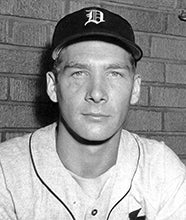- Home
- Our Stories
- Brown’s lone big league homer made history
Brown’s lone big league homer made history
Willard Brown had many nicknames.
While playing in the Puerto Rican Winter League, the outfielder became known as Ese Hombre, or “That Man” for his exceptional offense, winning the Triple Crown twice on the island.
Hall of Fame Membership
There is no simpler, and more essential, way to demonstrate your support than to sign on as a Museum Member.
Some called him “Sonny,” in reference to his reputation as a “Sunday player;” someone who preferred to play on Sundays when the stands were full.
Perhaps his most well-known nickname, one that graces his plaque in Cooperstown, is “Home Run” Brown. The moniker was bestowed upon him, like many Negro Leagues nicknames were, by Josh Gibson. Brown excelled as a hitter and regularly maintained a batting average above .300, though his 77 official career home runs (across all levels) would not make him an obvious choice to bear that nickname. But a home run helped secure Brown’s place in the record books, so perhaps Gibson was on to something after all.
It was Game 2 of a doubleheader on Aug. 13, 1947, between the cellar-dwelling St. Louis Browns and the Detroit Tigers. Like most August days in St. Louis, the heat that Wednesday was unrelenting. The temperature had peaked at 95 degrees that afternoon as the two teams faced off in Game 1 – a lackluster 7-1 loss for the Browns, their 70th of the season – and the evening offered little relief.
The Tigers carried a 5-3 lead going into the bottom of the eighth of Game 2, and after Hal White walked Jake Early, future Hall of Famer Hal Newhouser took the mound in relief. Newhouser had held the Browns scoreless 15 straight times since Opening Day in 1945, and the St. Louis Star and Times noted he “usually [won] games from the Browns merely by having his name announced as the Detroit pitcher.”
Browns manager Muddy Ruel had originally sent up Joe Schultz – who became better known as the manager of the Seattle Pilots in their only American League season – to hit for pitcher Sam Zoldak. But when the left-handed Newhouser replaced White, Ruel called on Willard “Home Run” Brown to replace the left-handed hitting Schultz.
It was Brown’s first plate appearance of the day, and just the 63rd of his major league career, having been signed by the Browns the previous month. But Brown was no baseball rookie. The then-32-year-old had begun his professional career more than a decade earlier when he was called up from the Negro minor league Monroe Monarchs to the Kansas City Monarchs in 1935.
Before serving two years in the U.S. Army during World War II, the lanky outfielder proved himself to be one of the finest hitters in the Negro Leagues and helped carry the Monarchs to five pennants. But it was in Latin America that Brown truly thrived. Like many Black ballplayers prior to the integration of the major leagues, Brown played baseball year-round, traveling south to Mexico and Puerto Rico during the winter off-seasons and establishing himself as one of the best hitters of the time.
Brown returned from service in 1946 and a year later, just a few months after Jackie Robinson broke Major League Baseball’s color barrier, the St. Louis Browns signed him and Monarchs teammate Hank Thompson. The Associated Press reported that, of all the Black players signed that season, “Outfielder Brown was considered to be the prize package of the lot, with only his age against him.”
On July 20, 1947, the Brown and Thompson became the first Black teammates to play on a major league team, and less than a month later Brown found himself poised to make history once again.
On Aug. 13, down two runs and with a runner on second, Willard Brown “picked upon the first ball served by [Newhouser]” and connected on “a leaping line drive that caromed off the center-field wall at the 426-foot marker, the deepest spot in Sportsman’s Park.”
“It was a fastball about shoulder high,” recounted Brown to the St. Louis Star and Times after the game. “When I swung I knew I hit the ball hard. I just ducked my head and started running and when I came around second and (Browns third base coach and future Hall of Famer Earle) Combs waved me to keep on going past third, my legs seemed to sprout wings.”
It was a game-tying, inside-the-park home run that set the stage for St. Louis’ eventual 6-5 victory, and the first home run hit by a Black player in the American League. Brown would appear in just two more major league games before being released by the Browns, a move that Buck O’Neil alleged years later in his book was financially-motivated.
Just a few months after his stint with the Browns, “Home Run Brown” returned to Puerto Rico and made his mark on another bit of home run history by hitting 27 homers, the most a player has ever slugged in a single Puerto Rican Winter League season. Upon returning to the United States he rejoined the Monarchs for two seasons, then bounced around the international and minor league circuits until retiring in 1958.
Brown was elected to the Hall of Fame in 2006.
Isabelle Minasian was the digital content specialist at the National Baseball Hall of Fame and Museum
Related Stories
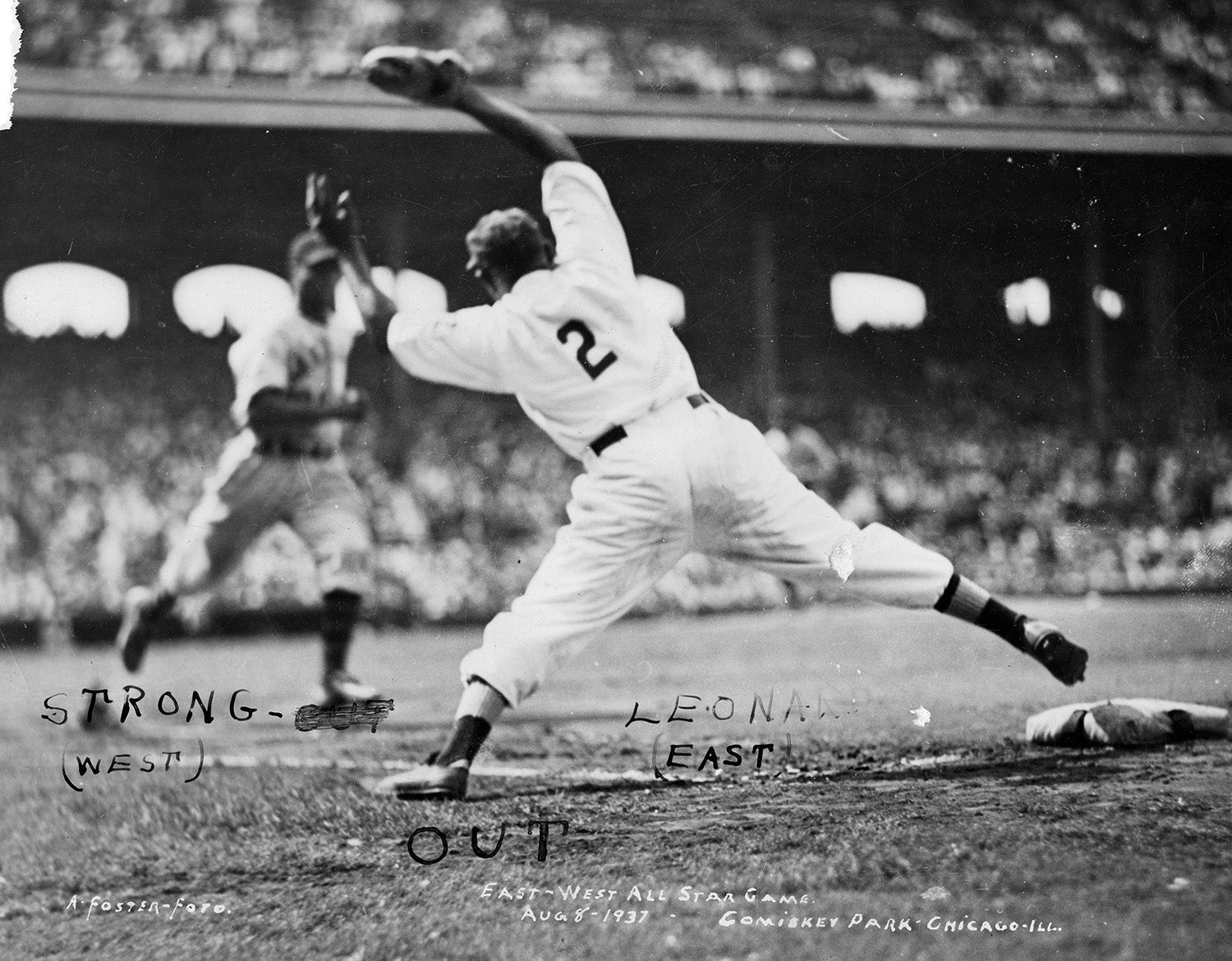
Buck Leonard and Josh Gibson are elected to the Hall of Fame
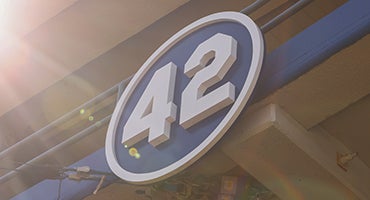
April 15, 1997: Jackie Robinson’s Number Retired
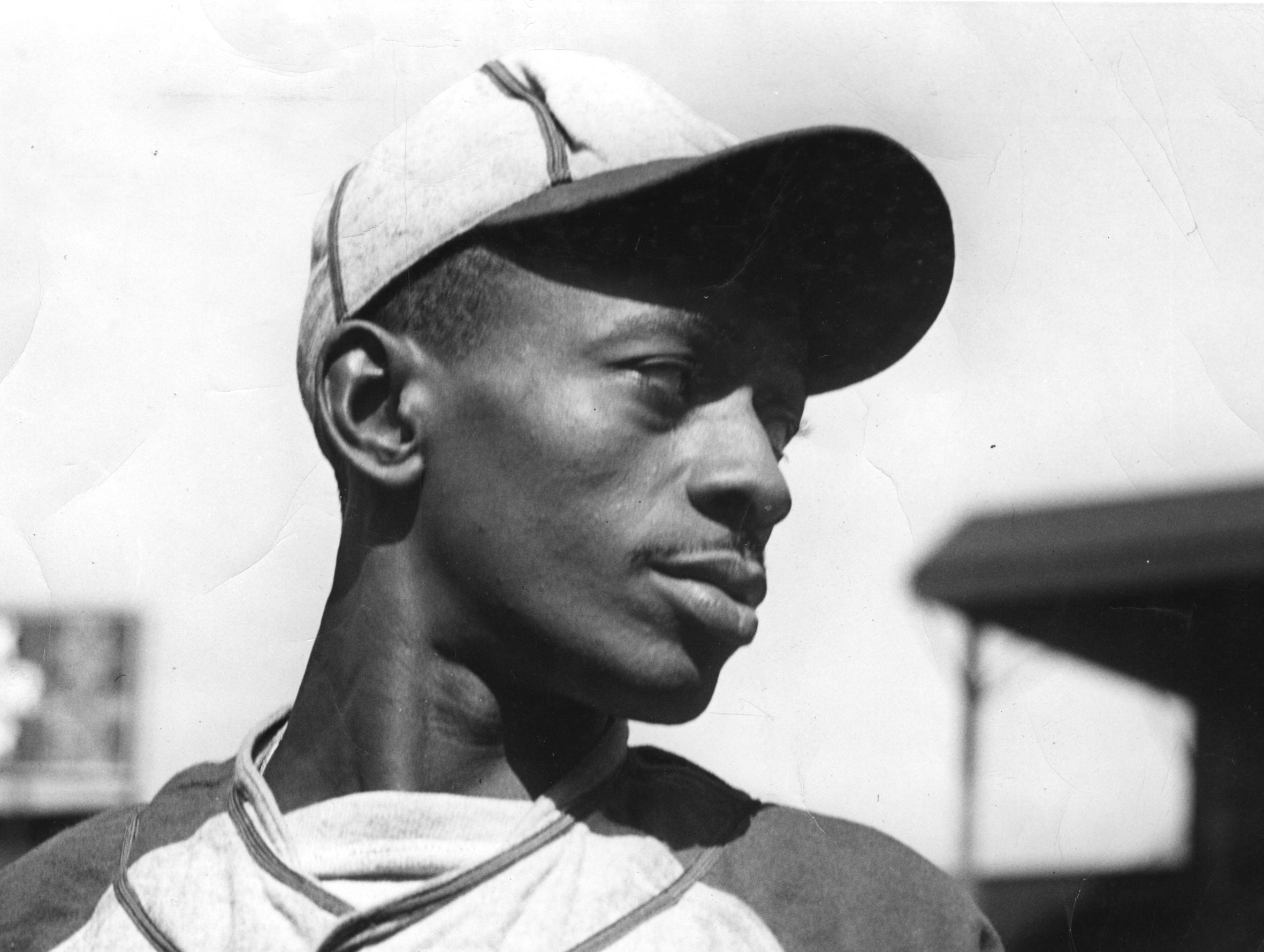
A Road to Equality
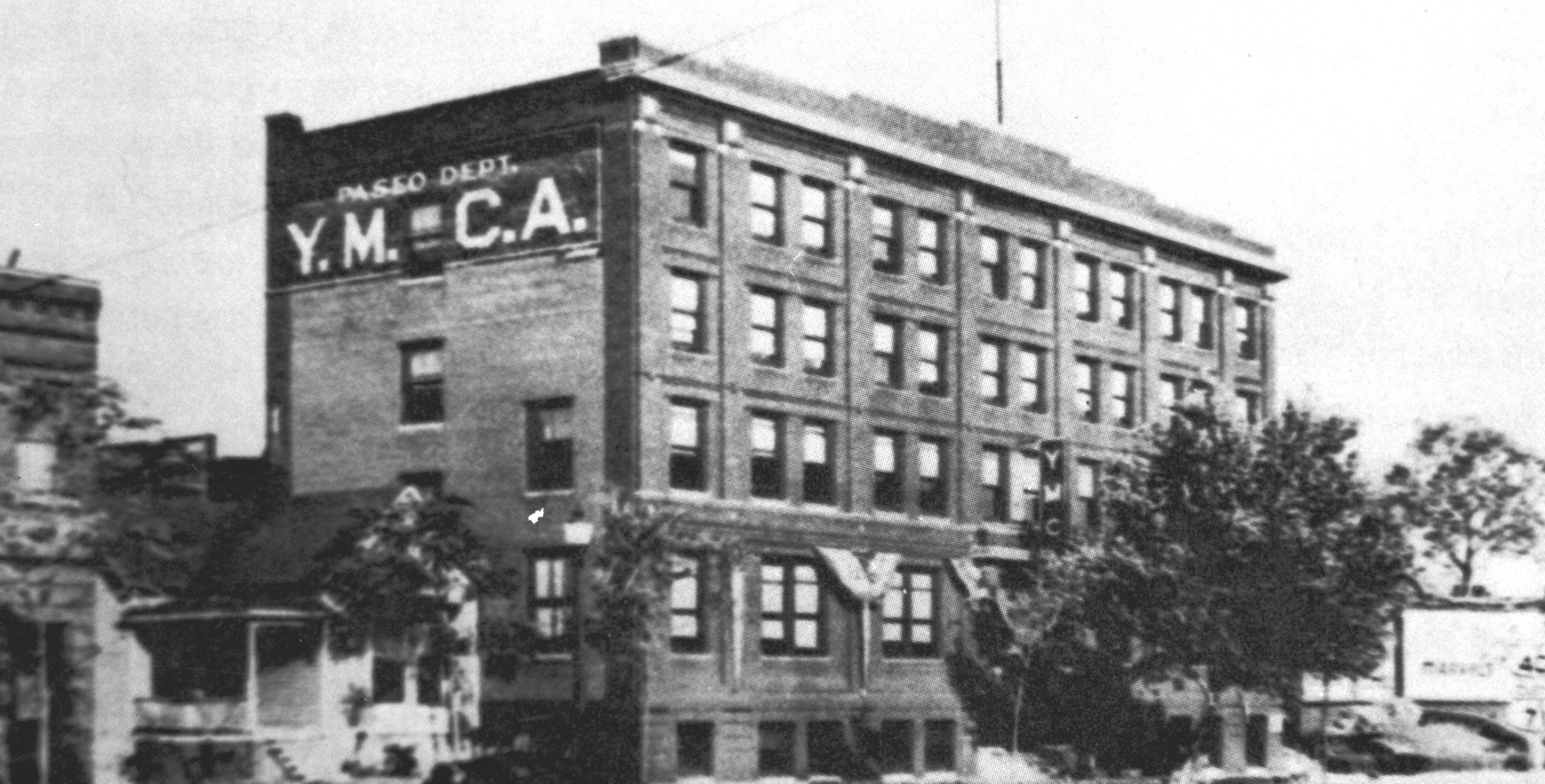
The Negro National League is Founded

Buck Leonard and Josh Gibson are elected to the Hall of Fame

April 15, 1997: Jackie Robinson’s Number Retired

A Road to Equality







